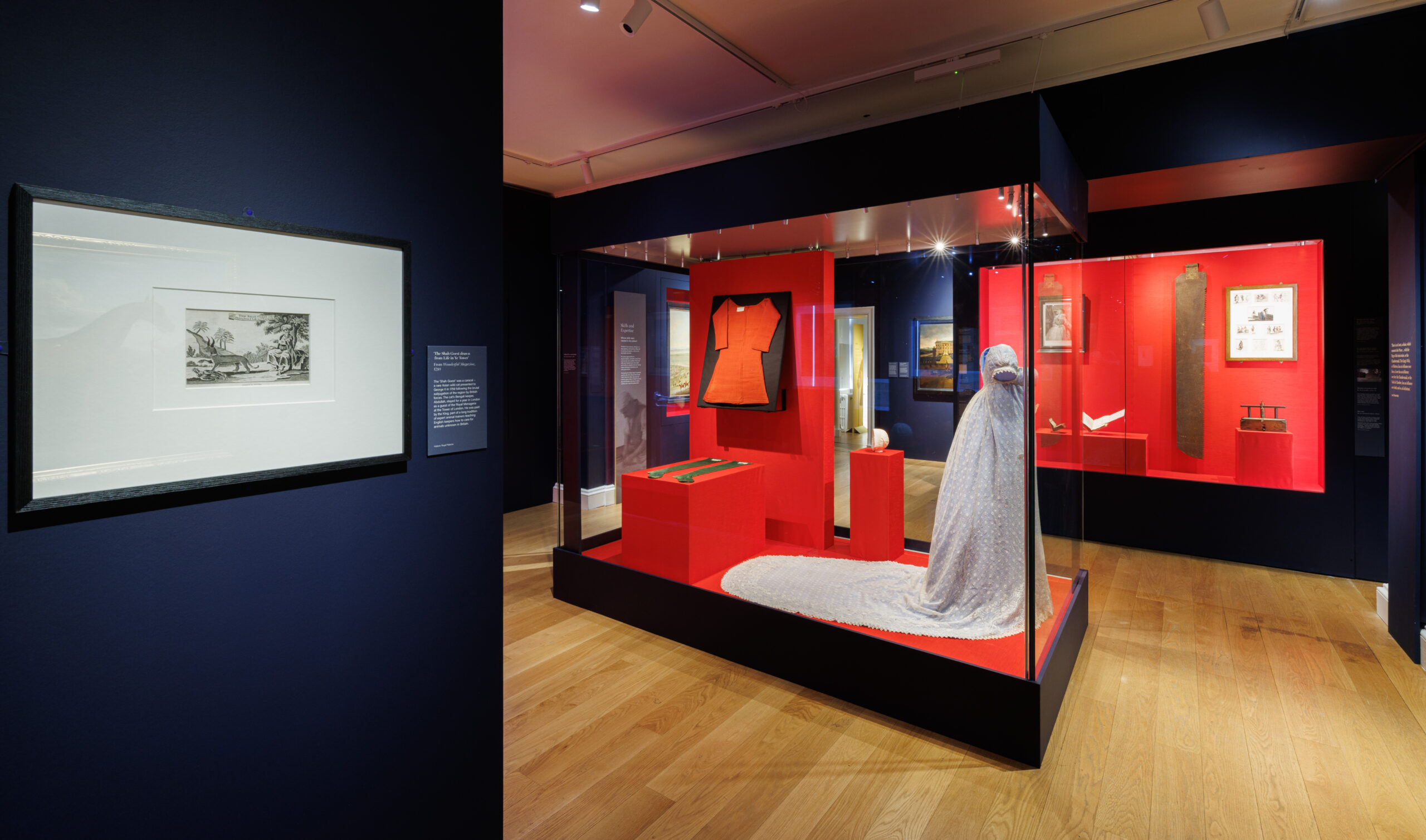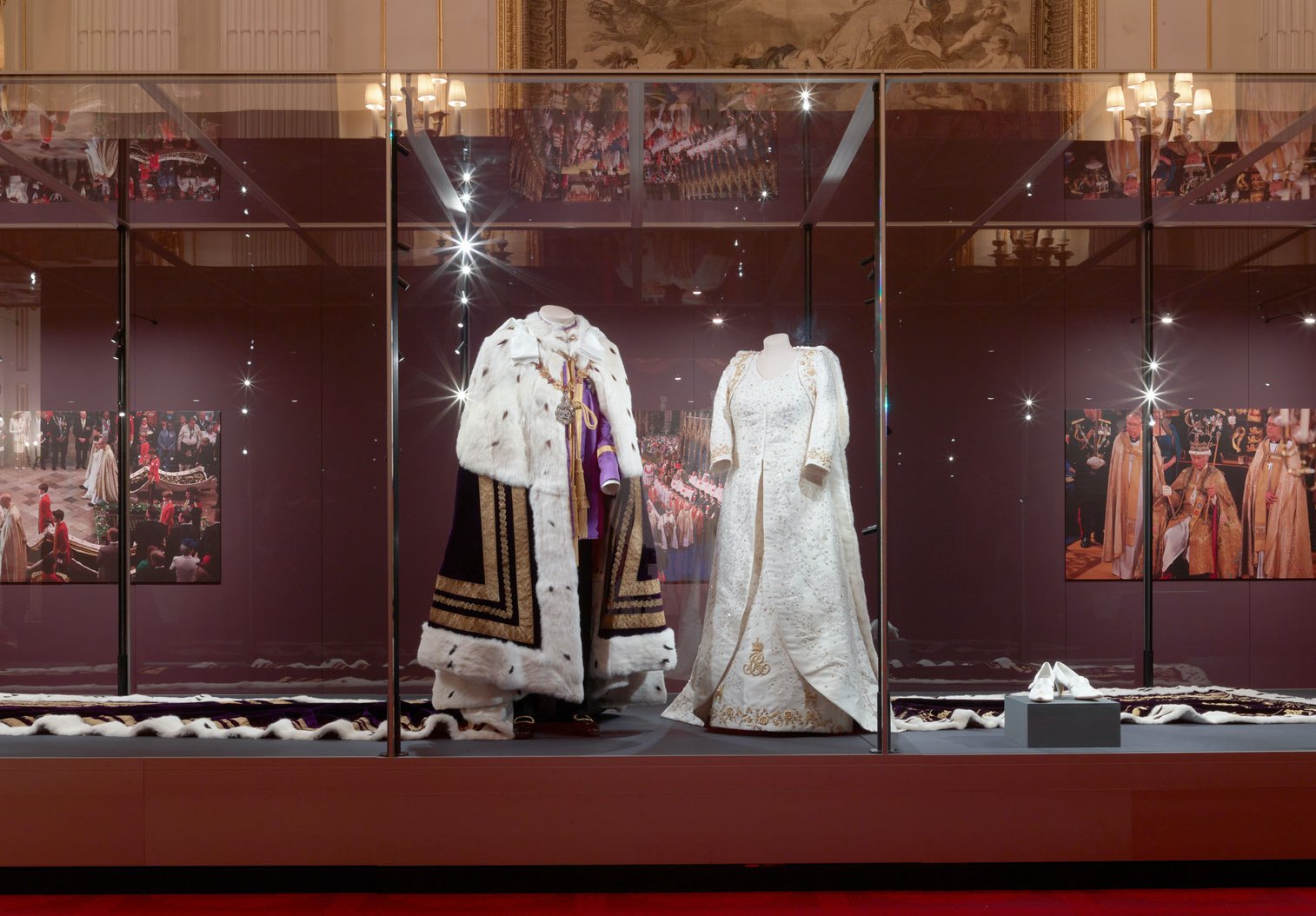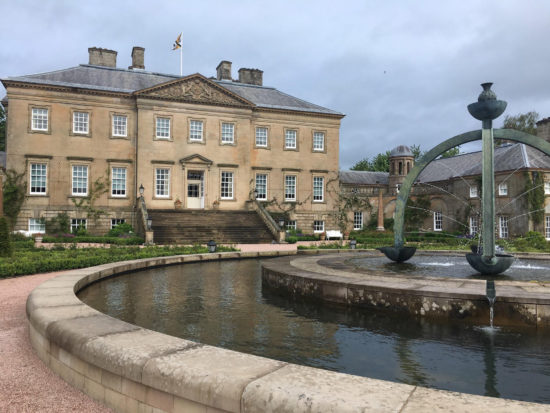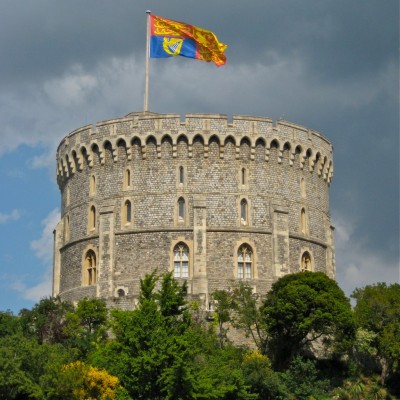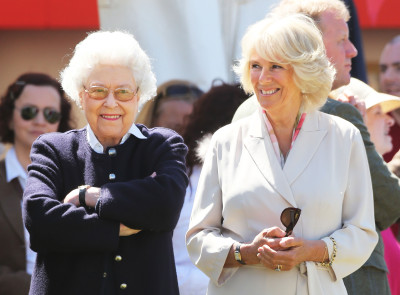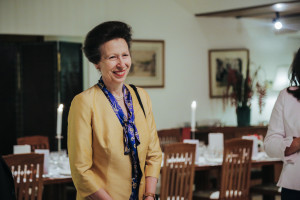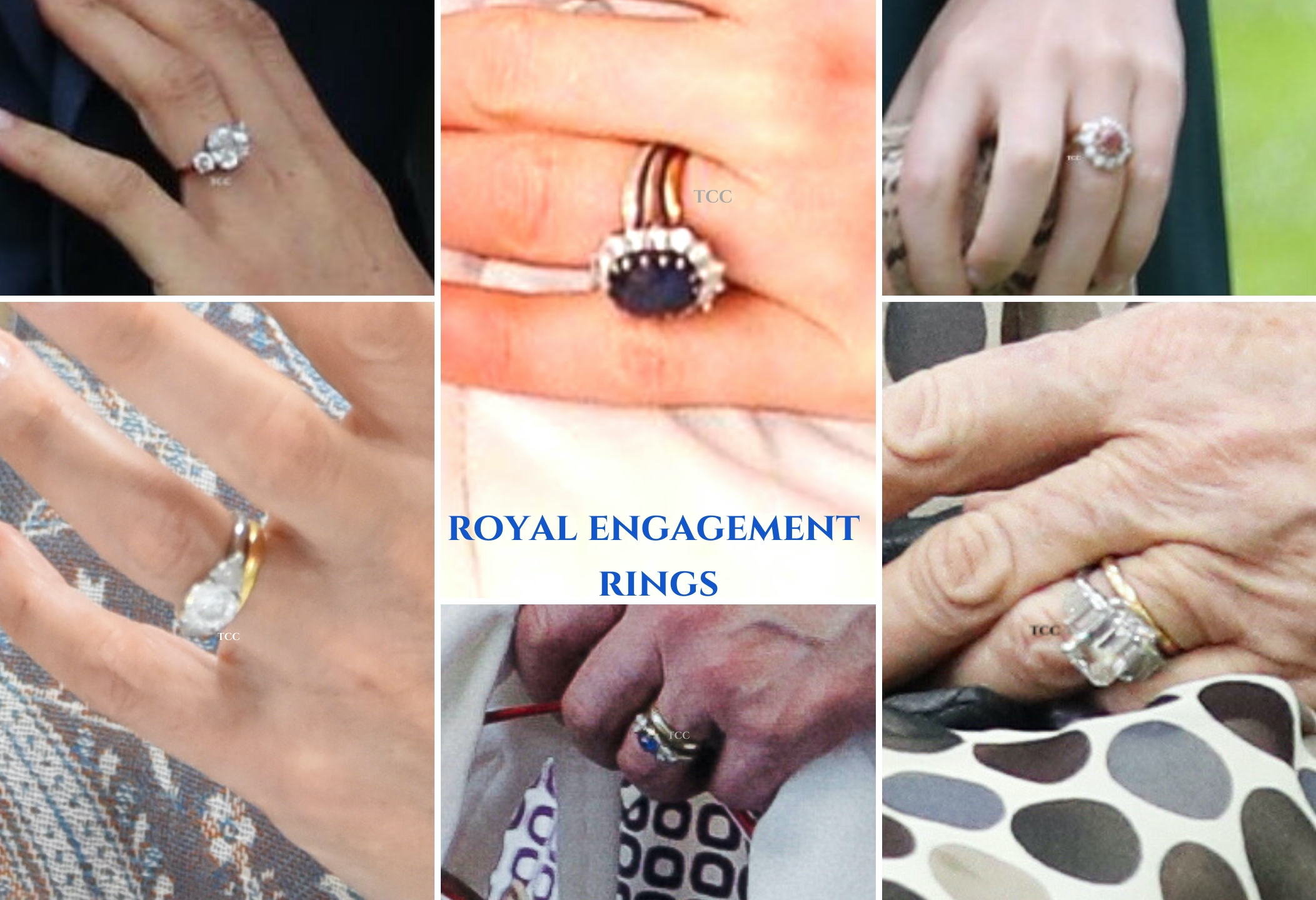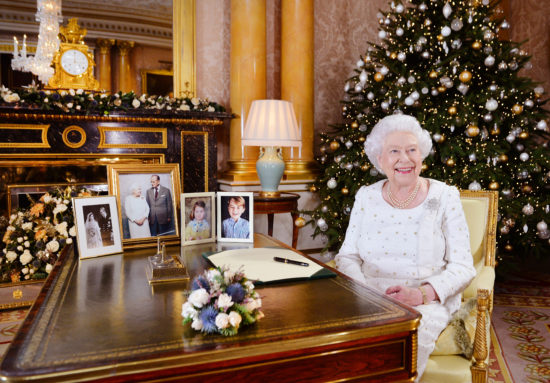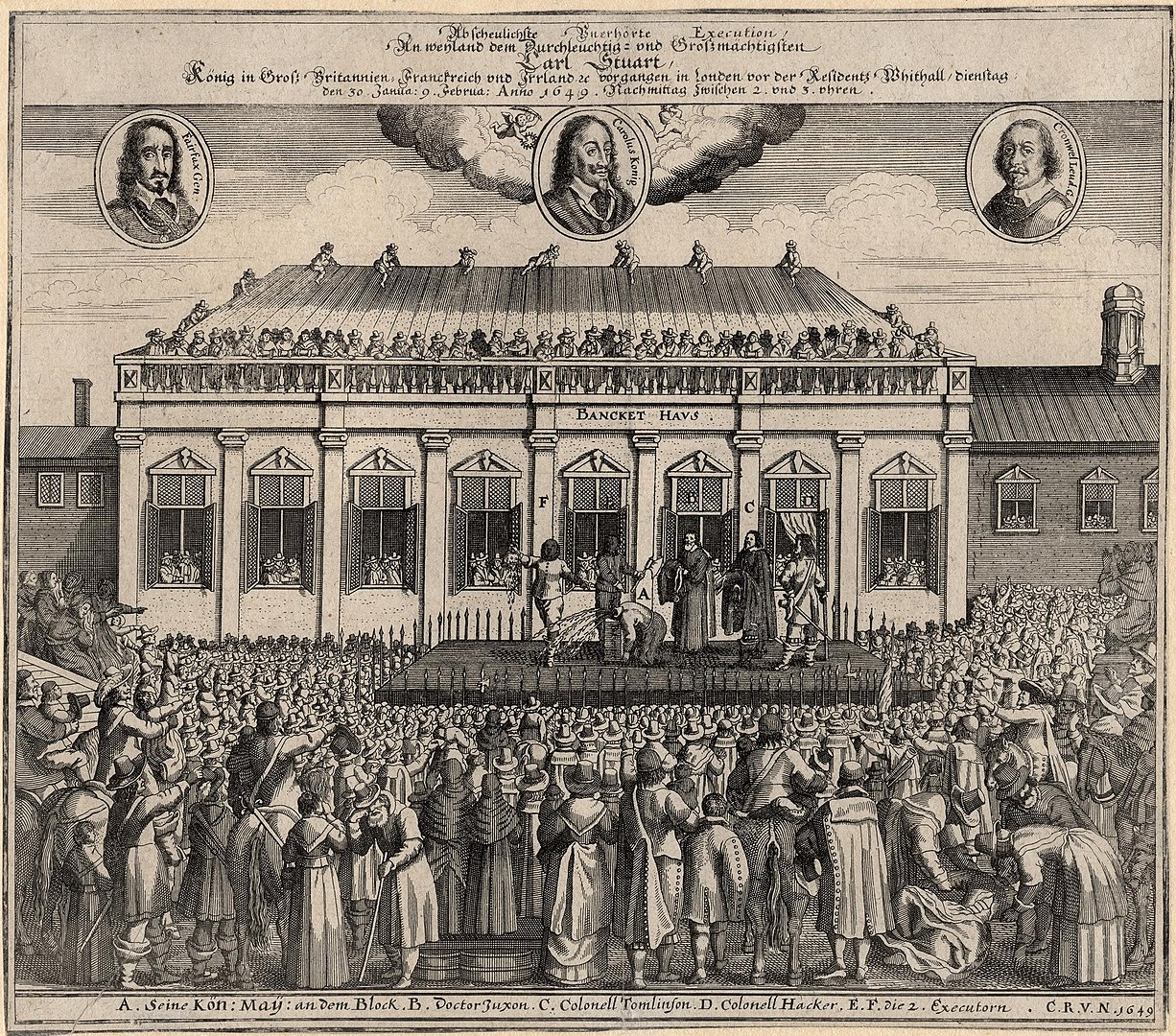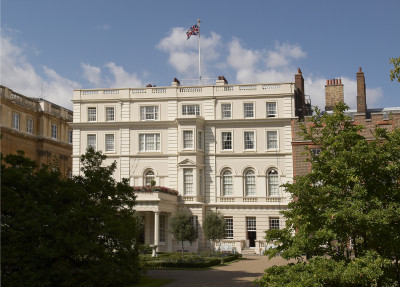Last night, MPs approved a bill to put a statue of suffragist Millicent Fawcett in Parliament Square, making her the first woman to be honoured in such a way.
The erection of the statue this coming year will coincide with the 100th anniversary of the 1918 Representation of the People Act, which gave women over the age of 30 the right to vote. Ms Fawcett lead the women’s movement, and were key to this advancement.
Fawcett, who was given a Damehood as a Grand Dame Cross of the Order of the British Empire for her work in 1925, will have her likeness cast in bronze. She will appear aged 50, the year that the National Union of Women’s Suffrage Societies was set up, though she had been campaigning since she was 22. Fawcett will hold a placard reading: “Courage calls to courage everywhere”, taking inspiration from the speech she gave after the death of fellow suffragette Emily Wilding Davidson, who was killed by a the King’s horse at the Epsom Derby.
The names of other suffragettes and suffragists who fought for the right to vote will be engraved on the statue plinth.
The statue will be designed by Turner Prize-winning artist Gillian Wearing, and sit alongside casts of Winston Churchill, Nelson Mandela, Benjamin Disraeli and Abraham Lincoln.
Below: Millicent Garrett Fawcett (c) delivers a speech in Hyde Park to the National Union of Women’s Suffrage Societies

parliament square, sitting adjacent to the houses of parliament and westminster abbey will now hold a statue of millicent fawcett (pietro ferreira)
London Mayor, Sadiq Khan, said the statue was “long overdue,” but the idea only came about as the result of a petition: activist Caroline Criado-Perez was jogging through Parliament Square and noticed the 11 statues there were of men.
Her petition to build a statue of a woman received more than 85,000 signatures on a petition, including notable figures such as JK Rowling and Emma Watson; she was also responsible for campaigning to have Jane Austen on the new £10 note, which is now in circulation.
It seems that a progressive nature ran in the family, too: Fawcett’s sister, Elizabeth Garrett Anderson, made waves in the field of women’s rights, becoming Britain’s first female doctor in 1865 despite the opposition she faced.
It wasn’t until 1929 that universal suffrage was granted to women, irrespective of their age, financial or social status.
The Suffragists wanted to gain the right to vote for women, generally interacting peaceably and respectfully in order to be taken seriously. The Suffragettes were generally more militant, sometimes using violence to attract attention to their cause.

